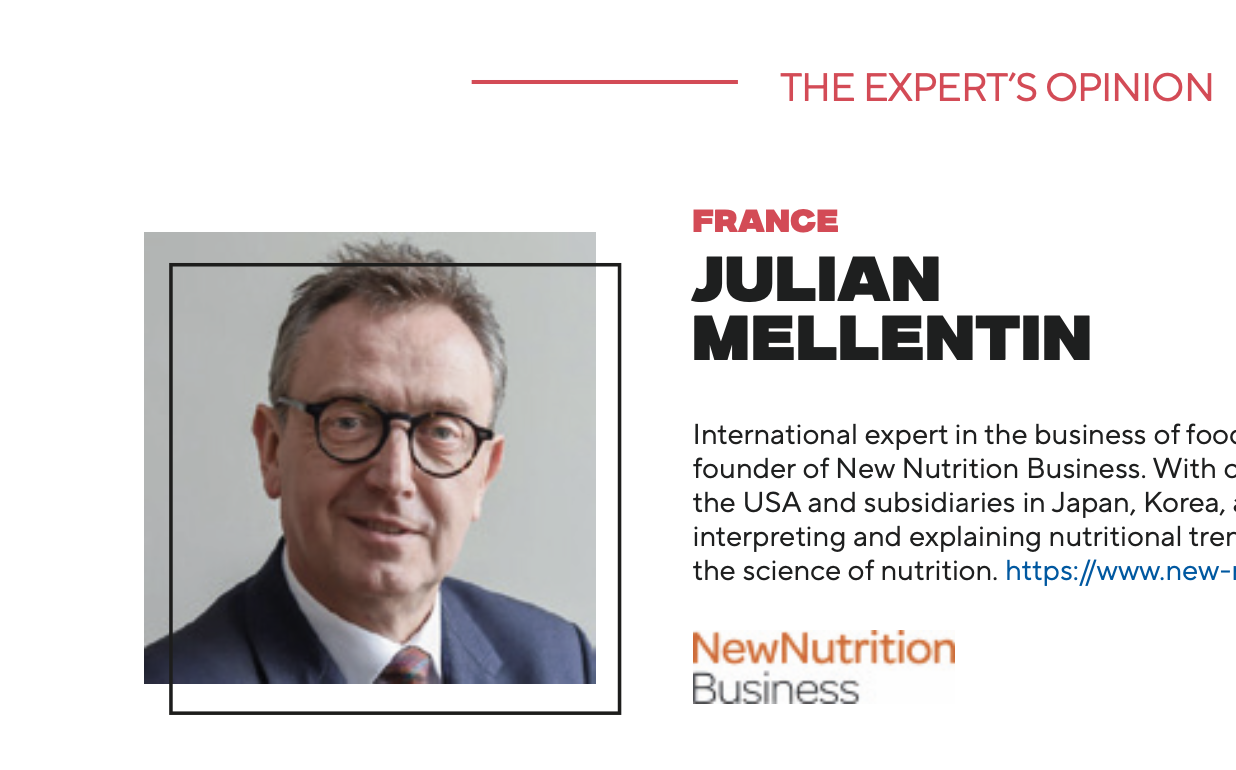
3 minute read
The Expert's Opinion
Lab-cultured meat puts us on the road to a new dietary underclass
Can lab-grown meat transform the world for the better? Or will it create a new dietary underclass of people who eat it because it’s all they can afford?
Given the failure to understand consumers and markets that is in evidence among the developers of lab-grown meat, the latter is the more certain outcome. Professor Mark Post of the University of Maastricht, in the Netherlands, presented the world with its first lab-grown burger patty in 2013. The “meat” is made by harvesting muscle stem cells from a living cow, which are then grown into strands of meat protein. Amino acids, yeast and algae are added to improve taste, texture and colour and the strands are layered together to form a burger. Maastricht University has reportedly set up a spinoff company, with an investment of €10 million, to commercialise cultured meat.
Under the current technology the price will be around €65 ($72) a kilo – more expensive than farmed beef. But with increasing volume the price is expected to fall over time. Already, most readers will have spotted the glaring flaw in the plans for cultured meat: industrial, lab-grown meat is the direct opposite of what people want. Consumers want foods to be “as natural as possible” and freefrom “bad” ingredients. This has become the most powerful force in our industry, driving the strategies of companies from the smallest to the biggest. Labgrown meat runs 100% contrary to this powerful current.
Even if lab-grown meat has excellent sustainability credentials, there’s no evidence that will help sell it. Take the example of GMOs (genetically modified organisms). GMOs are rejected by the majority of consumers because consumer beliefs about health and naturalness beat science every time. People will put lab-grown meat in the same box – an example of “bad science” interfering with nature.
The only way that the lab-grown meat business can be bigger is to be cheaper – so cheap that people on low incomes – say the bottom 20% – can overlook it’s failure to be natural. That may well happen.
You can also be certain that the remainder of the consumer market will be consuming premium, grass-fed meat. Or dairy, or seafood, or will be vegetarian. The unintended consequence will be the emergence of a new type of dietary underclass, whose children only ever eat factory protein, while the children of higher income families enjoy protein from a variety of natural sources. That’s not the kind of outcome that optimistic scientific researchers like to look for, but it is a reflection of how markets behave and in this case it’s an outcome that is more probable than possible.
Julian Mellentin
International expert in the business of food, nutrition, and health. Director and founder of New Nutrition Business. With offices in the UK, France, New Zealand, and the USA and subsidiaries in Japan, Korea, and Finland, they provide global expertise interpreting and explaining nutritional trends in an accessible way on how to market the science of nutrition. https://www.new-nutrition.com/










